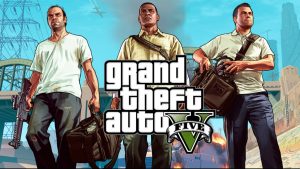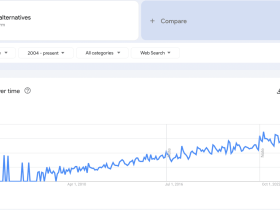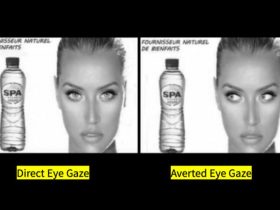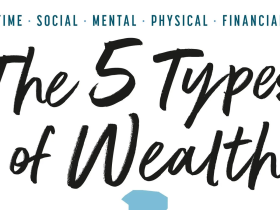Ads in video games are nothing new, and they’re definitely not going anywhere. But these days, brands have to do more than just slap their name on a virtual billboard—players expect more, and developers have to be smarter about how they integrate advertising into gaming worlds.
The Return of ‘Grand Theft Auto’
Rockstar Games’ upcoming Grand Theft Auto VI could be a game-changer—not just for players, but for the world of in-game advertising.
The previous installment, GTA V, has sold over 200 million copies, making it one of the most successful video games of all time. But it’s been over a decade since it launched, and the gaming world has changed.
One of the biggest shifts? The rise of custom role-play servers—where players create their own rules, take on jobs, and essentially live “normal” lives inside the game. Instead of committing crimes and causing chaos, players obey traffic laws, work real jobs, and interact in ways that mimic real life. This mirrors the kind of branded digital experiences already thriving in games like Fortnite and Roblox.
Naturally, advertisers are watching closely. Imagine a Nike-sponsored virtual city where millions of players learn about the latest sneaker drops. Sounds like easy marketing, right?
Not so fast.
Why GTA Isn’t Built for Traditional Ads
Unlike other open-world games, the GTA series has never relied on sponsored tie-ins. Instead, Rockstar has filled its world with parody brands that poke fun at real-world companies. From “Burger Shot” (a McDonald’s knockoff) to “Pißwasser” (a satirical take on cheap beer), GTA’s humor thrives on its sharp critiques of consumer culture.
Bringing real advertisements into this world could dilute that satire—and Rockstar knows it. While advertising in video games is a booming industry, GTA has always done things differently.

When In-Game Ads Actually Work
That doesn’t mean ads in games don’t work—when done right, they can be incredibly effective. Take Prada’s collaboration with Candy Crush Saga, which resulted in an 1,800% increase in web traffic. That’s an insane return for a digital sponsorship.
But here’s why that worked: Candy Crush is free, mobile-friendly, and casual—three things that make it perfect for ad integrations. The North American gaming market has 285 million gamers, with more than half playing on mobile.
Compare that to GTA VI, a gritty, crime-filled world where players hijack cars, rob stores, and cause mayhem. Does that sound like the ideal setting for a wholesome brand tie-in? Not exactly.
What’s Next for GTA VI and Brand Collaborations?
While GTA VI may not be a prime spot for sneaker collabs or soft drink ads, Rockstar could explore more immersive, contextually relevant partnerships. Think: real car manufacturers lending designs to the game, or actual fashion brands creating exclusive in-game apparel.
And while traditional billboards and logos might not fit, there’s another potential revenue model that’s already working wonders for other games—user-generated content and branded mods. Fortnite and Roblox have proven that letting players create their own branded worlds can be a major moneymaker. If Rockstar taps into this, GTA VI could have a Nike-sponsored car dealership or a Gucci-run casino—all built by the players themselves.
The Future of In-Game Advertising
One thing is clear: in-game advertising is here to stay. The global in-game ad market is expected to hit $18 billion by 2027, with mobile gaming leading the charge.
While GTA VI may never be littered with obvious advertisements, the way brands integrate with gaming worlds is evolving. Rockstar might not sell ad space, but it could still sell opportunities—whether through custom content, limited-edition in-game experiences, or interactive branded spaces.
And if history tells us anything, it’s that Rockstar always does things their own way.
So don’t expect to see a McDonald’s drive-thru in GTA VI anytime soon. But a fast-food joint that looks a lot like McDonald’s, selling a suspiciously familiar burger? That’s a different story.




